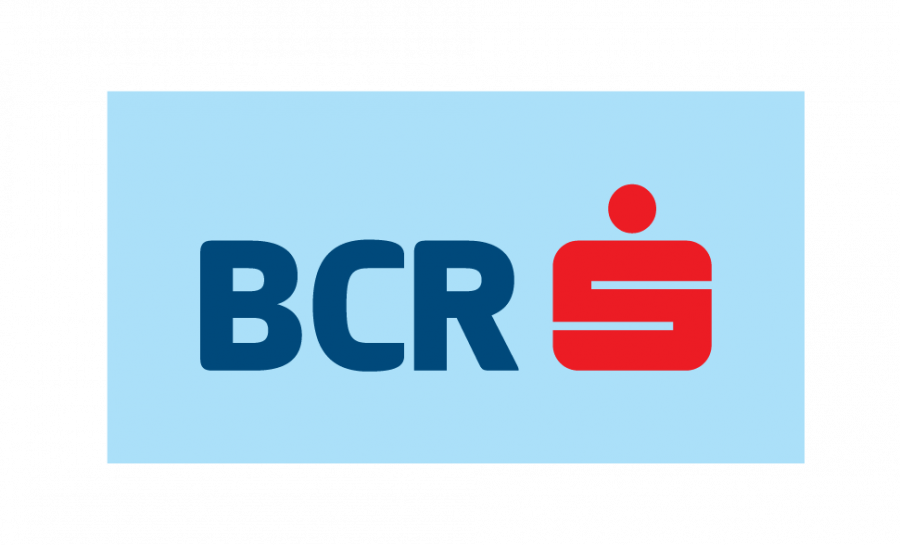29 July, 2019

Just like with every other business term, when it comes to growth hacking, you can come across the good, the bad and the background noise. There’s a lot of talk in the industry about it and we know you have questions.
We wish to separate fact from fiction and help you gain a bird’s eye view on the ABCs of Growth Hacking and why it’s worth your interest.
…Is Growth Hacking different from what I’m already doing?
Coming from the mind of Sean Ellis, the term’s creator himself, a growth hacker is “a person whose true north is growth.”
Growth hacking is a method that puts emphasis on experimentation, innovation, creativity, and most of all, measurement in order to accomplish one goal: growth.
So how is it different from traditional marketing? It’s the way of focus.
A traditional marketer might set a goal of building overall brand awareness through engagement. A growth marketer will set a goal to increase social sharing by 30%. It’s fast out-of-the-box testing of techniques that focus on one part of the marketing funnel at a time in order to scale a business.
Every executed strategy, every implemented tool, and every developed technique is done so with a specific growth metric in mind.
…Isn’t that what digital marketing is already about?
Growth hacking is not a substitute for digital marketing. In fact, they go hand in hand. A growth hacker is not a replacement for a marketer, or even better than a marketer. They both care about growth, but not in the same way. For a hacker, growth is like the sun he revolves around, focused on a singular goal.
Unlike digital marketing, growth hacking can even happen offline, like McDonald’spopping up on interstate highways, Oreo’s Super Bowl ad or Times Square billboards.
…Why is everyone talking about Growth Hacking?
Simply put, because it gets results.
Growth hacking is the fastest and most efficient method to grow pretty much anything. From a startup to a SaaS, a social network, an agency or any type of digital business, growth hacking gives companies a competitive edge.
Speed and agility in business are essential for your product’s success. To achieve significant growth, you have to focus more on what works.
As a data-driven approach, it’s also highly accurate. Growth hacking provides you with a methodology to acquire, monitor and analyze data to make informed marketing and business decisions.
Growth hacking’s beauty also lies in its flexibility. In the end, it’s about testing new ideas and strategies, doing it fast, measuring results, iterating and getting stuff done.
It’s what makes it such a valuable practice – the opportunity of adapting to the changing nature of the industry.
How do I start Growth Hacking?
Many entrepreneurs made growth hacking an integral part of scaling their business because they saw real results, and it’s about time you do so too.
Before you start, here are 3 steps you should consider:
1. Know your audience
Growth hackers are all about the product-market fit. Making sure you analyze the needs and preferences of your target audiences is essential to growth.
The best way of doing that is to develop a clear idea about who your ideal customer is by:
- Generating accurate Customer Personas – Who are your customers, what are their motivations, needs, and pains?
- Defining their Customer Journeys – Understanding how and why your users get in touch with your product and how you can make them convert.
2. Experiment
Growth hacking is a fast, collaborative and creative idea generation method that depends on testing. It’s an essential part of figuring out what will or won’t work for your product.
Keeping tests lean and analyzing data is the key to growth hacking success. Chart your progress and use the right metrics to adjust and adapt along the way.
In growth hacking, success comes with patience and practice.
3. It takes a team
One person is highly unlikely to have all the skills required for growth-focused marketing.
A good growth hacking team will divide their broad knowledge into all areas, including analytical and data-driven, as well as the creative base of storytelling and experiential marketing.
Growth Hacking Examples We Can All Learn From
UiPath
In 2014, UiPath, an important player in the RPA industry was looking to increase their brand awareness through a stronger online presence.
“We wanted to prioritize technology innovation, create industry standards for automation software, and build a product that changed the future of work,” Daniel Dines.
But still, a great product is not the only prerequisite of growth.
Through a strategic and clear approach, they managed to increase 6X in traffic and 10% monthly contact growth.
Key approaches they prioritized?
1. Understanding and communicating the differentiator of their business
2. Defining the user’s path and adopting a lead-generating approach, with a strong focus on relevant content, and a clear process for follow-up with leads.
3. A strong definition of most relevant metrics, the definition of the funnels, and a reliable analytics system that helped them not only analyze their targeted profiles but also measure targeted messages.
Targeted messages are usually a key principle in growth hacking, as they can both help educate and create more demand on long term, and make your business relevant to your audiences of interest.
And for UiPath, it seems one of the most important aspects of their growth came from clarity, processes and a laser-focused targeting of key messages.
Airbnb
We couldn’t leave out the literal poster child of growth hacking. Joe and Brian, the company founders, took an idea born out of necessity (they couldn’t pay their rent so they rented our mattresses on the floor of their apartment to make money) and turned it into a gold mine.
How did they do it? By leveraging another platform with millions of users: Craiglist. By giving people the option of posting the Airbnb listing to Craiglist, the company increased its user base exponentially.
This created inbound links for the Airbnb platform and targeted highly relevant users for the brand, all at the same time.
Today, they’re worth at least $38 billion, but it’s their growth hacking mindset that literally put them on the map and gave them a base that they have used to propel themselves forward.
Main lesson to learn: Knowing your users is essential.
Airbnb realized that their users were already meeting in a different location, so they figured out a way of getting their attention. They executed an ingenious solution that used their product as the main means of distribution. Meaning that the product drove traffic to itself.
Most growth mechanisms have a limited lifespan.
This integration happened by reverse engineering how Craiglist’s formes worked, without access to their API. The Airbnb site no longer lets you post to Craiglist, which says a lot about taking advantage of an opportunity when it presents itself.
All of these greatest growth hacking examples have one thing in common. They all found a way of experimenting to find out what works and do more of it. To find out who their best customers are, solve their problems and find ways of reaching more of the same people.
As a founder, every effort in your organization should somehow contribute to generating true growth and value. Your most finite resource is time, so use it on what works best.
Growth hacking is about finding the right angle to promote your product and understanding your audience well enough to know what pain point you should target.
This way you can promote in a way that is different from your competition. And nothing about that is ever overrated.
Illustration credits: Bannersnack
You may also like
5 Questions with April Dunford (author and product positioning expert) - Part 2
Just like with every other business term, when it comes to growth hacking, you can come across the good, the bad and the background noise. There’s a lot of talk in the industry about it and we know you have questions. We wish to separate fact from fiction and help you gain a bird’s eye view… Read more »
5 Questions with Bob Moesta (co-architect of the Jobs-to-be-Done framework)
Just like with every other business term, when it comes to growth hacking, you can come across the good, the bad and the background noise. There’s a lot of talk in the industry about it and we know you have questions. We wish to separate fact from fiction and help you gain a bird’s eye view… Read more »






